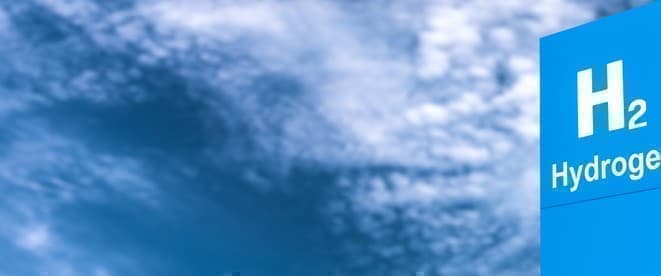As the price of natural gas is soaring globally amid a scarcity of supply and Russian threats to cut off flows to Europe unless buyers start paying in rubles, the economics of the so-called blue hydrogen have deteriorated. Green hydrogen made of electrolysis from renewable energy is now the preferred choice of future hydrogen supply as governments target net-zero emissions and a reduction of reliance on Russian gas. Scalability and costs are still issues to be overcome in green hydrogen production. Yet, Europe’s dependence on natural gas supply from Russia and Putin’s war in Ukraine have prompted the European Union and many of its member states to embrace green hydrogen development, preferring it to the so-called blue variant made of natural gas with carbon capture and storage (CCS).

Companies in Europe and U.S. allies such as Australia have recently announced major green hydrogen deals and projects. Although costs of green hydrogen production are yet to drop to economically scalable and feasible levels, the prospect of using home-grown energy resources—wind and solar—rather than relying on gas imports from Russia is now paramount for policymakers in the West.
The skyrocketing natural gas prices in recent months—especially the volatility and surges after the Russian invasion of Ukraine—have made blue hydrogen much more expensive.
Blue hydrogen production from natural gas, plus the added expense of CCS, would cost more than 10 euros per kilogram in March with the soaring natural gas prices, according to analysts at Bernstein cited by Reuters’ George Hay.
Low-carbon hydrogen is part of the EU’s plan to diversify its energy supply and make Europe independent from Russian fossil fuels well before 2030.
“The quicker we switch to renewables and hydrogen, combined with more energy efficiency, the quicker we will be truly independent and master our energy system,” European Commission President Ursula von der Leyen said last month, unveiling a plan to reduce EU demand for Russian gas by two thirds before the end of the year.
Renewable, or green, hydrogen could be one of the alternative sources to Russian gas for industrial processes, the International Energy Agency (IEA) said in its 10-Point Plan to Reduce the European Union’s Reliance on Russian Natural Gas last month. Still, the IEA noted that the production of low-carbon hydrogen currently has limited potential to scale up. Hydrogen via electrolysis scale-up “is contingent on new electrolyzer projects and new low-carbon generation coming online. Increased output of low-carbon gases is vital to meet the EU’s 2030 and 2050 emissions reduction targets,” the IEA said.
Governments have now included green hydrogen targets in their strategies for net-zero and for reducing dependence on Russian gas supply.
Companies in heavy industries where emissions are hard-to-abate have announced in recent weeks major deals for green hydrogen.
For example, in Germany, thyssenkrupp Steel and STEAG agreed on a deal for a delivery of hydrogen. Under the memorandum of understanding signed last month, STEAG’s hydrogen project in Duisburg will deliver green hydrogen to thyssenkrupp Steel in Duisburg, Europe’s largest steelmaking site. The investment decision for the water electrolysis project with an installed capacity of up to 520 megawatts (MW) at the Walsum site is expected to be made by 2023 at the latest, with delivery to thyssenkrupp Steel planned to start in 2025.
Australia’s Fortescue Future Industries and Germany’s power group E.ON entered into a partnership this week to become Europe’s largest green renewable hydrogen supplier and distributor.
“This historic partnership marks E.ON’s and FFI’s broader ambition to lead the decarbonization of Europe and to strengthen security of green energy supply at a time when Europe needs to reduce its energy dependence on fossil fuels from Russia as quickly as possible. Five million tonnes per annum (mtpa) of renewable GH2 is equal to approximately one-third of the calorific energy Germany imports from Russia,” Fortescue Future Industries said in a statement.
German Vice-Chancellor and Minister for Economic Affairs and Climate Action Robert Habeck said, commenting on the agreement signed in Berlin this week: “The race for large scale production and transportation of green hydrogen has taken off.”
